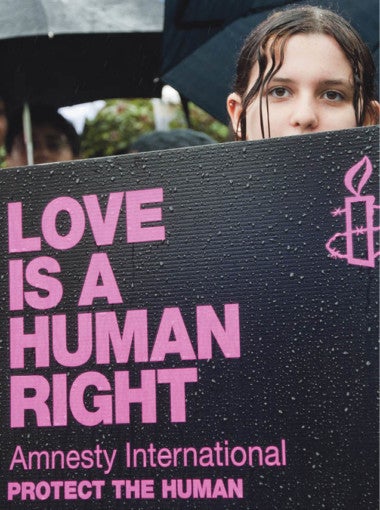The traditional idea of a charity spreading the word conjures up images of a volunteer warmly and earnestly buttonholing passers-by, collection box in hand, leaflets and lapel badges at the ready. In the digital and mobile world of 2017, however, NGOs can find themselves more in the business of global communications than community door-stepping.
Supporters harnessing interpersonal skills and passion face to face, or over the phone, remain hugely valuable. Online, though, is where the 21st-century audience can be found for awareness-building, membership growth and fundraising.
At least, that is the theory. In reality, third-sector and voluntary organisations appear slow to adapt. The Charity Digital Skills Report 2017 found barely a quarter had aligned their digital and organisational skills; half had no digital strategy at all.
The 2016 Charitable Giving Report by Blackbaud Institute also revealed that, while total UK giving rose 2.8 per cent, merely 7.2 per cent came via online contributions, up just 2.2 per cent.
In general, charities seem to be struggling to reach the prime Generation Y audience of tablet and smartphone-led millennials.
For advocacy and campaigning organisations, digital combines the pressure of a permanently live global environment, with demands for micro-short response times. Agility is therefore critical, says head of media, public relations and supporter communications at Amnesty International UK, Niall Couper.
“Now it’s 24-hour rolling news; we need to be able to react quickly, so we have looked at clearance and process. We have had to streamline as much as possible. All of that is caveated, though, with the utmost regard for our reputation – we will never go out with anything we are not sure about,” he says.
Human rights organisations, such as Amnesty, often deal with material that is highly sensitive or of legal significance. This information may relate directly to the safety and security of individuals at risk or communities under threat. There can be no compromise on protocols for the sake of speed.
To be seen as effective and efficient at getting your message across, you have to be accurate, but also fast
Getting stories and comments authorised for release is key, says Mr Couper. “When it comes to sign-off, the number-one thing is an educational process around realising the importance of media,” he says. “If you have a CEO or a director who doesn’t understand the significance, then you are fighting a losing battle.
“To be seen as effective and efficient at getting your message across, you have to be accurate, but also fast. So you need the right people available, with the necessary powers.”
At Amnesty, media is in the DNA. Not only does the organisation champion freedom of the press worldwide and foster strong links with journalists, its own history owes a debt to a newspaper. Amnesty was born off the back of an article published in The Observer, by founding British lawyer Peter Benenson in 1961.
Fast-forward and Amnesty is now a global movement of more than seven million people. Its operational set-up in the UK mirrors that of mainstream media outlets even more closely with an internal news conference, to discuss breaking stories, held every morning, half an hour ahead of national press schedules.

Amnesty demonstration outside the Malawi High Commission in London in May 2010 to protest against the imprisonment of a Malawian same-sex couple
Regarding Amnesty UK’s own output, one million online views of an article constitute a breakthrough story and it’s a benchmark hit more than 40 times this year, on issues from landmines in Myanmar to US President Trump. Such long-running high-profile activity brings its own agility challenges, though, in terms of resource allocation.
There is no straight-line correlation evident at present between breakthrough stories and funds raised, but there is a clear link to supporter engagement and public feedback, in phone calls, emails and letters, all of which contribute indirectly over time.
The media market itself is changing, however. A whole new kind of challenge looms ahead for placement of stories into what we currently call the mainstream, concludes Mr Couper. “It is about how people digest news; how that is evolving and changing,” he says. “In future, individuals will increasingly self-select their own custom content. It will be an echo chamber to an extreme degree with a hyper-personalised feed based on their internet search history and digital profile.”
As the mainstream fragments and the media go social, people will increasingly get their news from peers rather than platforms. In an ironic twist, therefore, digital might just put the power back in the hands of the individual volunteer to tell the story.

